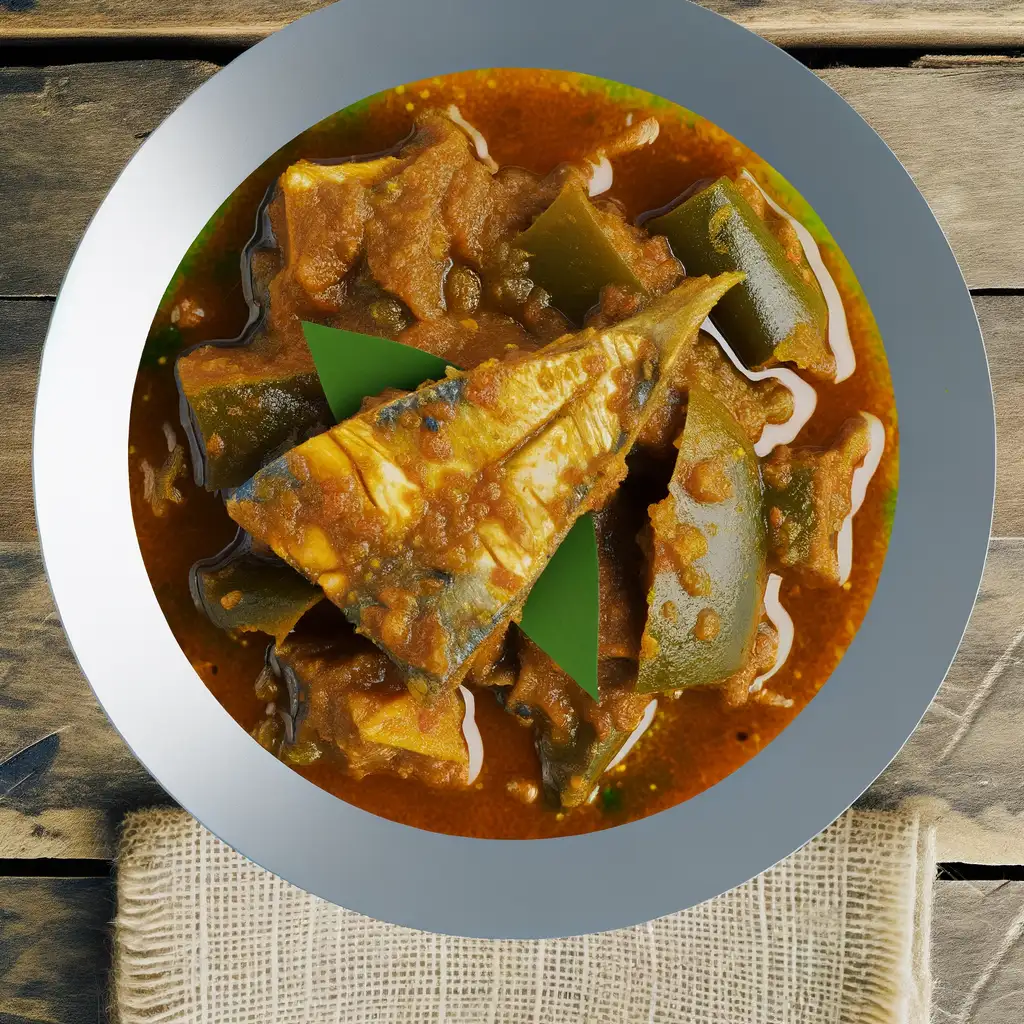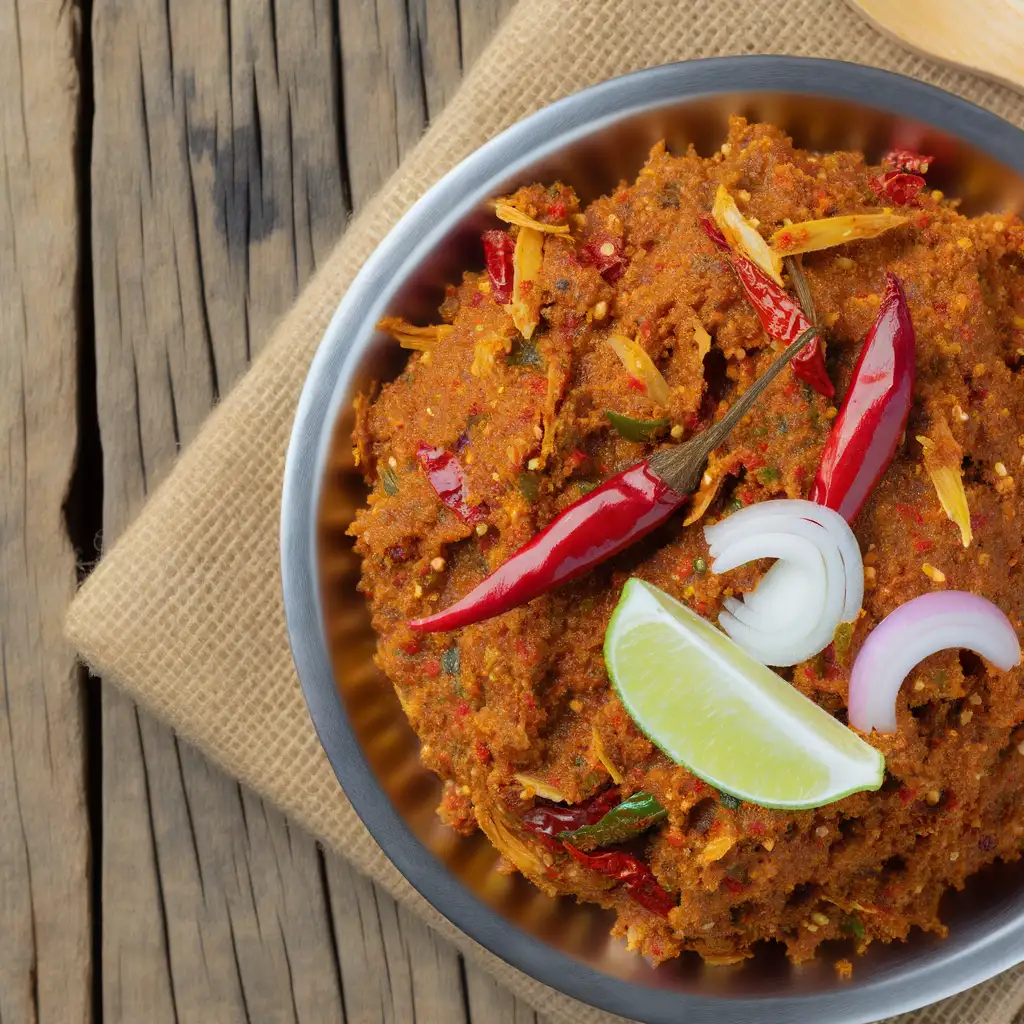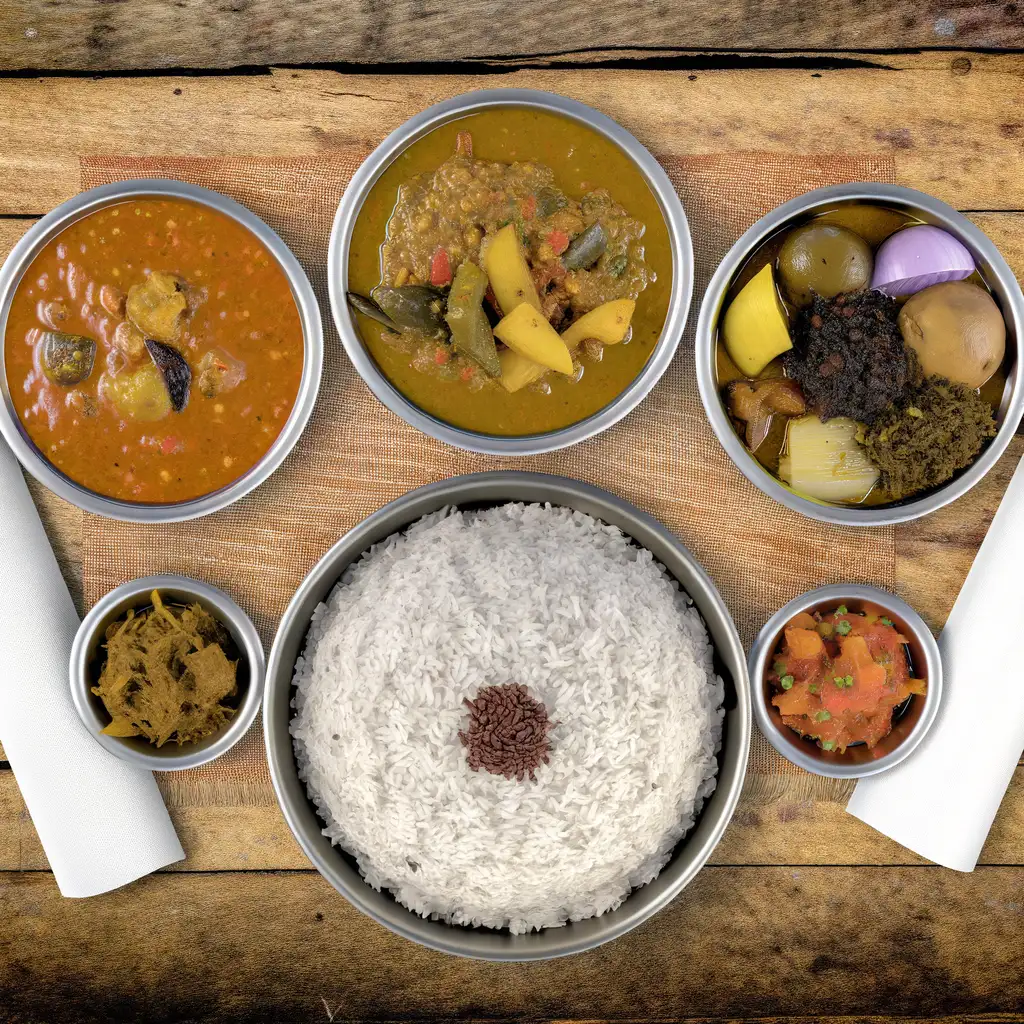


If you ever find yourself wandering through Sri Lanka,Sigiriya is one of those places that quietly steals your breath away. It’s not just the towering rock fortress rising dramatically from the jungle canopy—it’s the feeling you get as you approach,like stepping into a storybook where history and nature have woven themselves together. The air hums with the chatter of monkeys and the rustle of leaves,while the scent of damp earth and wildflowers wraps around you,grounding you in the moment. Climbing Sigiriya Rock is an adventure that teases your senses at every turn. As you ascend the narrow stairways,you catch glimpses of ancient frescoes painted on the rock face,their colors still surprisingly vibrant after centuries. The wind brushes your skin,carrying the distant calls of birds,and when you reach the summit,the panoramic views of emerald forests and patchwork fields stretch endlessly,making you feel like you’re on top of the world. But Sigiriya isn’t just about the rock. The surrounding gardens,with their symmetrical pools and stone pathways,whisper tales of a sophisticated civilization that once thrived here. Walking through them,you can almost hear the laughter and footsteps of those who lived centuries ago. The local village nearby offers a warm welcome,with the aroma of spicy curries and freshly brewed tea inviting you to slow down and savor the simple,rich flavors of Sri Lankan life. Sigiriya is a place where history,nature,and culture come alive in the most unforgettable way.
The information on this page is currently being reviewed by Tripkliq and should be used as a guide only
Eng word: Hello
Eng pronunciation: Hello
Local language: හෙලෝ
Eng word: Goodbye
Eng pronunciation: Goodbye
Local language: ගුඩ්බයි
Eng word: Thank you
Eng pronunciation: Sthoo-thi-yi
Local language: ස්තුතියි
Eng word: How much
Eng pronunciation: Ki-ya-la-da
Local language: කියලද
Eng word: Toilet
Eng pronunciation: Vae-si-ki-li-ya
Local language: වැසිකිළිය
Eng word: Help me
Eng pronunciation: Ma-ta oo-da-vu ka-ran-na
Local language: මට උදව් කරන්න
Eng word: Yes
Eng pronunciation: Ow
Local language: ඔව්
Eng word: No
Eng pronunciation: Nae-hae
Local language: නැහැ
Eng word: Excuse me
Eng pronunciation: Ma-ta sa-maa-ven-na
Local language: මට සමාවෙන්න
Sigiriya, often referred to as the 'Lion Rock', is an ancient rock fortress located in the Matale District near the town of Dambulla in the Central Province of Sri Lanka. It is believed to have been selected by King Kashyapa (477 – 495 CE) for his new capital.
The site is renowned for its palace ruins on top of a massive 200-meter-high rock surrounded by the remnants of an extensive network of gardens, reservoirs, and other structures making it a significant example of ancient urban planning.
Sigiriya is famous for its ancient frescoes, which are similar to those in the Ajanta Caves of India. The frescoes, which are beautifully preserved, depict celestial maidens and are an excellent example of Sinhalese art.
Originally polished so thoroughly that the king could see himself whilst walking alongside it, the Mirror Wall is now partially covered in verses scribbled by visitors to the rock, dating back as far as the 8th century.
In 1982, UNESCO declared Sigiriya a World Heritage Site acknowledging it as one of the best-preserved examples of ancient urban planning.
Halfway up the rock, visitors encounter a gateway in the form of an enormous lion. Today, only the lion's massive paws remain, but initially, visitors would have entered through the mouth of the lion.
Before King Kashyapa's reign, Sigiriya was used as a monastery. After the king's death, it reverted to a Buddhist monastery until the 14th century, showcasing the site's importance for both royal and religious purposes.
The water gardens at the base of the Sigiriya rock are among the oldest landscaped gardens in the world. They contain sophisticated hydraulic systems, some of which still work during the rainy season, demonstrating advanced ancient engineering skills.
The Boulder Gardens of Sigiriya feature a series of large boulders linked by winding pathways. These gardens demonstrate the harmonious blend of nature and human craftsmanship.
In Sigiriya, the most common Power Adaptor is Type D, Type G, Type M.







A popular street food made from chopped roti (flatbread) stir-fried with vegetables, eggs, and/or meat, seasoned with spices and served hot.
.webp)
A bowl-shaped pancake made from fermented rice flour and coconut milk, often served with a variety of fillings, including egg, honey, or spicy sambol.

A traditional sour fish curry made with firm fish, spices, and goraka (a sour fruit), giving it a unique tangy flavor.

A lentil-based curry that is a common accompaniment to rice, made with red lentils, coconut milk, and spices, providing a rich and flavorful dish.

A spicy coconut relish made from grated coconut, chili powder, onion, and lime juice, often served as a condiment with rice and curry.

A staple meal in Sri Lanka, consisting of steamed rice served with a variety of curries made from vegetables, lentils, and meats, often accompanied by sambol and pickles.

A rich coconut custard pudding made with jaggery, coconut milk, and spices, often served as a dessert.
If you step into Colombo District,you immediately feel the pulse of a city that’s both vibrant and laid-back,where old-world charm meets modern hustle. Imagine walking along bustling streets lined with colonial-era buildings,their faded facades telling stories of a rich past,while sleek glass towers rise nearby,reflecting the tropical sun. The air carries a mix of scents—spices from street food stalls,salty sea breeze from the nearby coast,and the faint aroma of jasmine from roadside vendors. It’s a place where the sounds of honking tuk-tuks blend with the call to prayer and the laughter of children playing in small parks.
Colombo’s character is a beautiful mosaic of cultures. You’ll find Buddhist temples nestled beside mosques and churches,and markets where Tamil,Sinhalese,and Muslim communities come together in a colorful dance of languages and traditions. The city’s food scene is a feast for the senses—imagine biting into a crispy hopper drizzled with coconut sambol or sipping on a strong,sweet Ceylon tea while watching the sunset over Galle Face Green,where locals fly kites and families gather to unwind.
What makes Colombo truly special is its warmth. Despite the city’s fast pace,there’s a genuine friendliness in the smiles of shopkeepers and the inviting chatter in cafés. It’s a place where you can lose yourself in vibrant street art one moment and find quiet reflection in a serene temple garden the next. Colombo isn’t just a destination; it’s an experience that stays with you long after you leave.
If you ever find yourself wandering through Sri Lanka,Galle is one place that wraps you in a warm,timeless embrace. The moment you step inside the old fort walls,you’re transported to a world where colonial history meets vibrant local life. The cobblestone streets echo with the chatter of friendly vendors and the distant call of the ocean,while the salty breeze carries the scent of fresh seafood mingled with tropical flowers. It’s a place where time slows down just enough for you to savor every detail.
Walking along the ramparts,you can’t help but pause and watch the waves crash against the ancient stone walls,the sun casting golden hues over the harbor. The city’s character is a beautiful blend of Dutch,Portuguese,and British influences,yet it pulses with the energy of Sri Lankan culture—colorful markets,aromatic spices,and the hum of tuk-tuks weaving through narrow lanes. Stop by a cozy café and sip on a cup of strong Ceylon tea while nibbling on a warm,flaky pastry,and you’ll feel the city’s soul seep into you.
What makes Galle truly special is how it balances history with everyday life. Locals gather in small shops,artists display their vibrant paintings,and children play cricket in the streets. It’s not just a place to see but a place to feel—where every corner invites you to slow down,explore,and connect. Trust me,Galle isn’t just a stop on your trip; it’s a memory you’ll carry long after you leave.
If you ever find yourself craving a place where history hums softly through the air and nature wraps you in a cool,misty embrace,Kandy District in Sri Lanka is where you want to be. The moment you step into Kandy,there’s this gentle buzz—a mix of temple bells,chattering markets,and the rustle of leaves from the surrounding hills. It’s a city that feels alive but not rushed,like it’s inviting you to slow down and soak in its stories.
Walking through Kandy,you’ll catch the scent of jasmine and incense drifting from the Temple of the Tooth,a sacred spot that pulses with spiritual energy. The streets are lined with colorful stalls selling fresh tropical fruits,spicy street food,and handwoven textiles,tempting your senses at every turn. Don’t miss trying a cup of Ceylon tea here—rich,fragrant,and perfectly brewed,it’s like tasting a piece of the island’s soul.
What makes Kandy truly special is how it balances vibrant culture with breathtaking nature. Nestled among emerald hills and shimmering lakes,it’s a place where you can explore bustling markets one moment and find yourself wandering peaceful botanical gardens the next. The locals’ warmth and pride in their heritage shine through in traditional dance performances and festivals,making you feel like you’re part of something timeless. Honestly,Kandy isn’t just a destination—it’s an experience that lingers long after you leave.
If you ever find yourself craving a place where the ocean feels endless and the air hums with a gentle,salty breeze,Trincomalee is where you want to be. This coastal town in Sri Lanka has this laid-back charm that instantly slows your pace. Imagine waking up to the soft lapping of waves against golden shores,the sun casting a warm glow over turquoise waters so clear you can spot colorful fish darting beneath the surface. It’s the kind of place where mornings start with the scent of fresh seafood grilling nearby and the distant call of fishermen heading out to sea.
Trincomalee’s character is a beautiful blend of history and culture. The ancient Koneswaram Temple perched on a cliff offers not just spiritual calm but breathtaking views that make you pause and breathe it all in. Walking through the town,you’ll hear a mix of Tamil and Sinhala chatter,the clatter of markets bursting with tropical fruits,and the occasional rhythm of traditional drums. The local food scene is a vibrant adventure—think spicy crab curries,tangy sambols,and sweet,creamy king coconut water that refreshes you like nothing else.
What really stays with you is the genuine warmth of the people and the way the town feels alive yet unhurried. Whether you’re snorkeling in Pigeon Island’s coral gardens or simply watching the sunset paint the sky in fiery hues,Trincomalee invites you to slow down,soak up its rhythms,and leave with a heart full of stories.
If you ever find yourself in Sri Lanka,you absolutely have to spend some time in Negombo. The moment you arrive,there’s this laid-back coastal rhythm that wraps around you like a warm breeze. It’s a place where the ocean’s salty tang mingles with the scent of fresh spices from the bustling markets,and the chatter of fishermen mending their nets creates a soundtrack that feels both timeless and alive. Walking along the beach at sunset,you’ll see colorful fishing boats bobbing gently on the water,their bright hues reflecting the fiery sky.
Negombo’s charm lies in its blend of old and new. The city wears its history proudly,with colonial-era churches standing tall alongside vibrant street markets where vendors call out,selling everything from tropical fruits to freshly grilled seafood. The aroma of sizzling prawns and coconut-infused curries drifts through the air,tempting you to stop and savor the local flavors. It’s a place where you can sip a cup of strong,sweet Ceylon tea while watching the world go by,or dive into a plate of spicy crab that’s been caught just hours before.
What really makes Negombo special,though,is its people. Warm,welcoming,and full of stories,they add a genuine heart to the city’s character. Whether you’re wandering through the fish market at dawn or exploring the quiet canals that earned it the nickname “Little Venice,” you’ll feel like you’re stepping into a living,breathing story. Negombo isn’t just a stopover; it’s a place that invites you to slow down,breathe deeply,and soak in the simple,beautiful pulse of Sri Lankan coastal life.
If you ever find yourself craving a place where history hums softly beneath the warm sun and the air carries the scent of salty sea breeze mixed with fragrant spices,Jaffna District in Sri Lanka is where you should go. The moment you step into Jaffna,there’s this gentle rhythm to life — a blend of old-world charm and vibrant local energy that feels both peaceful and alive. The streets buzz with colorful markets where vendors call out,selling everything from fiery red chilies to freshly caught seafood,while the aroma of roasting curry leaves and coconut fills the air.
What really makes Jaffna stand out is its rich Tamil culture,which you can see in the intricate carvings of ancient temples and taste in the unique flavors of Jaffna cuisine — think tangy crab curry,crispy hopper pancakes,and sweet,milky Jaffna-style tea that warms you from the inside out. The people here are incredibly welcoming,their smiles genuine,and their stories woven into the fabric of the city’s character.
Beyond the city,the landscape unfolds into serene lagoons and sun-drenched beaches where the turquoise water laps gently against the shore. It’s a place where time slows down just enough for you to soak in the vibrant colors of a sunset or the quiet hum of a temple bell. Visiting Jaffna feels like stepping into a living story — one that invites you to explore,taste,and connect with a culture that’s both ancient and wonderfully alive.
Tourists may be given incorrect exchange rates or counterfeit currency when exchanging money at unofficial locations.
Some operators may promise sightings of rare wildlife or unique experiences but fail to deliver after charging high fees.
Scammers may pose as monks or charity workers asking for donations, which do not go to any legitimate cause.
Unlicensed individuals may approach tourists claiming to be official guides and charge high fees for subpar or inaccurate tours.
Vendors may inflate prices of souvenirs or handicrafts significantly for tourists, especially if they seem unfamiliar with local pricing.
Tuk-tuk drivers may overcharge tourists for short rides, especially if they are unaware of the standard rates.
Scammers may sell fake or invalid tickets to Sigiriya Rock or other attractions, leaving tourists unable to enter.
Drivers or guides may take tourists to shops or restaurants where they receive commissions, instead of the requested destination.
Sri Lanka has very strict laws regarding the possession, use, and trafficking of drugs. Penalties for drug offenses are severe and can include long prison sentences or even the death penalty. Tourists should avoid any involvement with illegal drugs to avoid serious legal consequences.
In Sigiriya, as in the rest of Sri Lanka, smoking is prohibited in public places such as restaurants, public transport, and government buildings. There are designated smoking areas where smoking is allowed. Tourists should be mindful of these regulations to avoid fines or other penalties.
Vaping is subject to similar regulations as smoking in Sri Lanka. It is prohibited in public places and on public transport. Tourists should use designated smoking areas for vaping as well. Importing e-cigarettes and vaping devices may also be subject to customs regulations, so it is advisable to check the latest guidelines before traveling.
What are other people saying about Sigiriya?
Recent Social posts about Sigiriya
There is nothing to show you for now.